My Foolproof Method for Mulled Wine That’s Actually Incredible
I’ve probably made more mulled wine in my life than most people have drunk coffee. Seriously. From giant vats for bustling holiday markets to cozy batches for quiet get-togethers, the smell of simmering cinnamon, orange, and wine is basically my winter soundtrack. And let me tell you, it’s a craft. So many people think you can just dump some spices into a bottle of cheap, two-buck wine and call it a day. That, my friends, is how you end up with a bitter, cloudy mess that tastes vaguely of regret.
In this article
- First, Your Shopping List
- The Most Important Step: Choosing Your Wine
- A Quick Note on White Mulled Wine
- The Right Gear (and Why It Matters)
- The Art of Not Boiling Your Wine
- Two Ways to Mull: Stovetop vs. Slow Cooker
- Building Your Flavor Profile
- My Pro-Level Trick: The Spiced Syrup Method
- Don’t Drink? Make a Non-Alcoholic Version!
- Common Problems & Quick Fixes
- Serving, Storing, and Scaling for a Party
- Inspiration:
Making genuinely great mulled wine is all about understanding your ingredients and, most importantly, respecting the process. It’s about choosing the right base, controlling the heat like a hawk, and layering flavors with a bit of thought. This isn’t your average 15-minute internet recipe; it’s the real-deal method I’ve tweaked and perfected over years. Ready to make the best batch of your life? Let’s get into it.
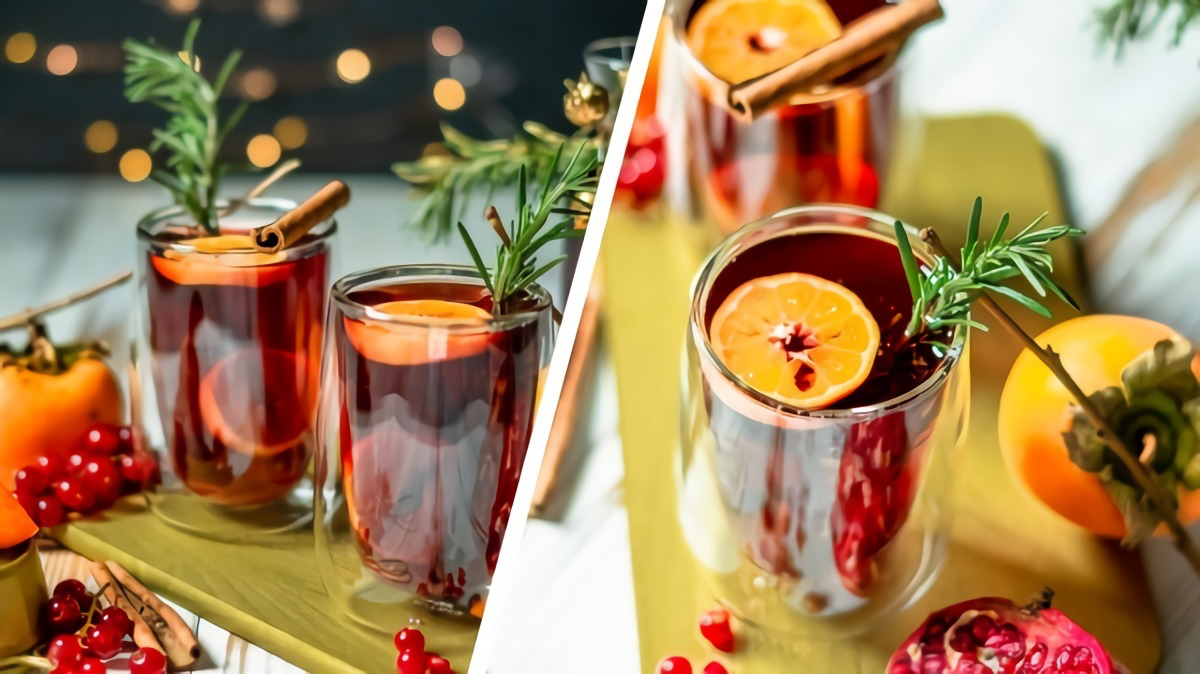
First, Your Shopping List
To make things super simple, here’s exactly what you’ll need for one standard bottle of wine. This will give you about four or five cozy servings.
- One 750ml bottle of red wine: We’ll get into the specifics in a second, but aim for something in the $10-$15 range.
- Whole Spices: 2-3 cinnamon sticks, 4-6 whole cloves, and 1-2 star anise pods. (Trust me, whole spices are non-negotiable).
- One Orange: For zest and garnish.
- Sweetener: About 1/4 cup of brown sugar, honey, or maple syrup to start.
The Most Important Step: Choosing Your Wine
Okay, let’s tackle the biggest mistake people make right away: using bad wine. The logic seems sound—you’re adding so much stuff, who cares what the wine tastes like? Wrong. Heating wine actually concentrates its flavors, for better or for worse. If you start with a harsh, acidic wine, you’re just going to end up with hot, spicy, harsh, acidic wine.
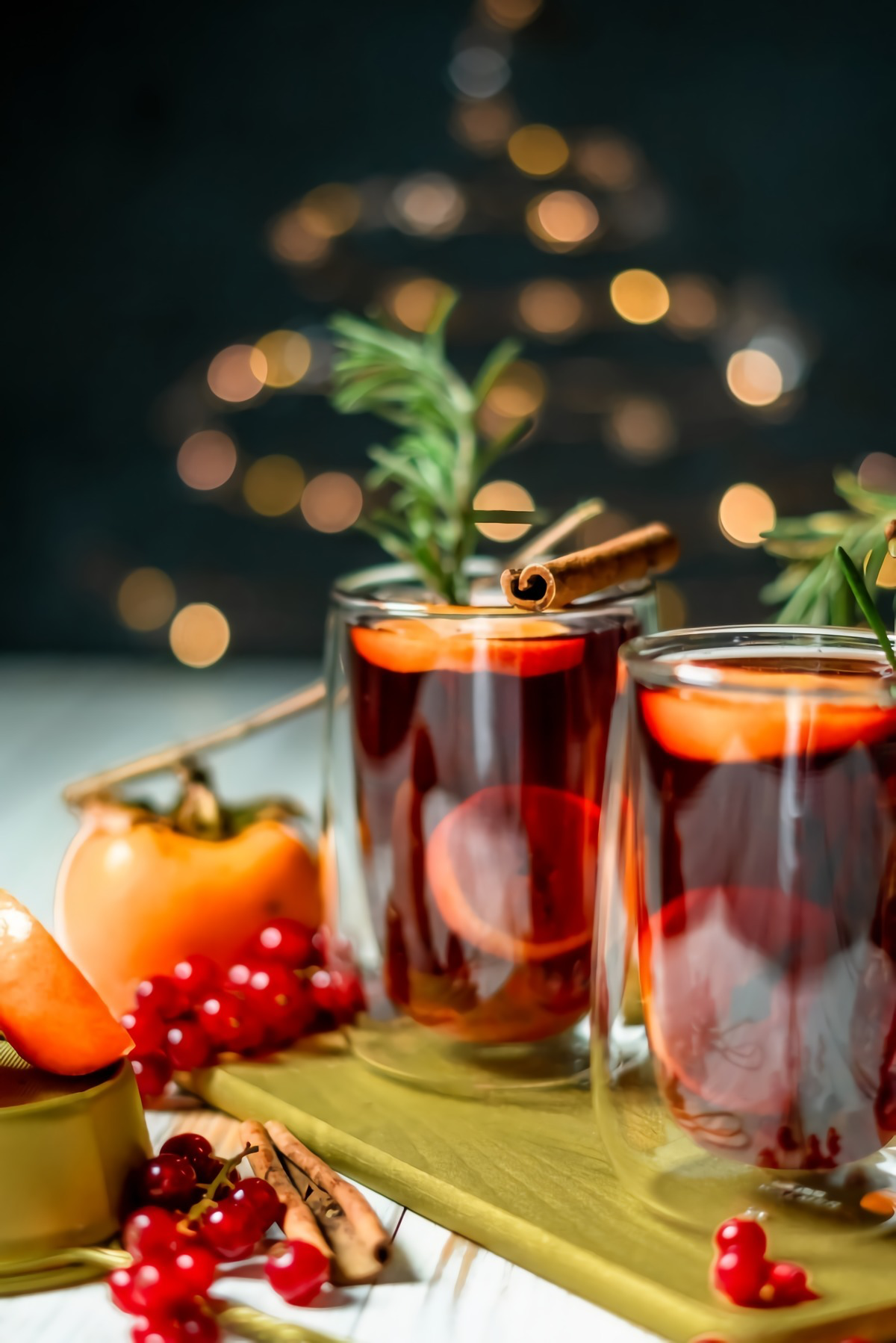
So what should you look for? You want a red wine that’s fruity, relatively full-bodied, and—this is key—low in tannins. Tannins are what give you that dry-mouth feeling, kind of like when you drink a cup of really strong, unsweetened black tea. When you heat them up, they can turn aggressively bitter.
Your best bets are smooth, fruit-forward wines. My go-to choices are:
- Merlot: It’s soft, with lovely plum and cherry notes that just sing with winter spices. You can’t go wrong with a reliable, widely available bottle like Barefoot or Bogle.
- Zinfandel: Often jammy and rich with its own hint of spice, it’s a natural fit.
- Grenache (or Garnacha): This one brings bright red fruit flavors to the party, like strawberry and raspberry, keeping the final drink from feeling too heavy.
Honestly, just pick a bottle you wouldn’t mind drinking by itself. If it’s good on its own, it’ll be great mulled.
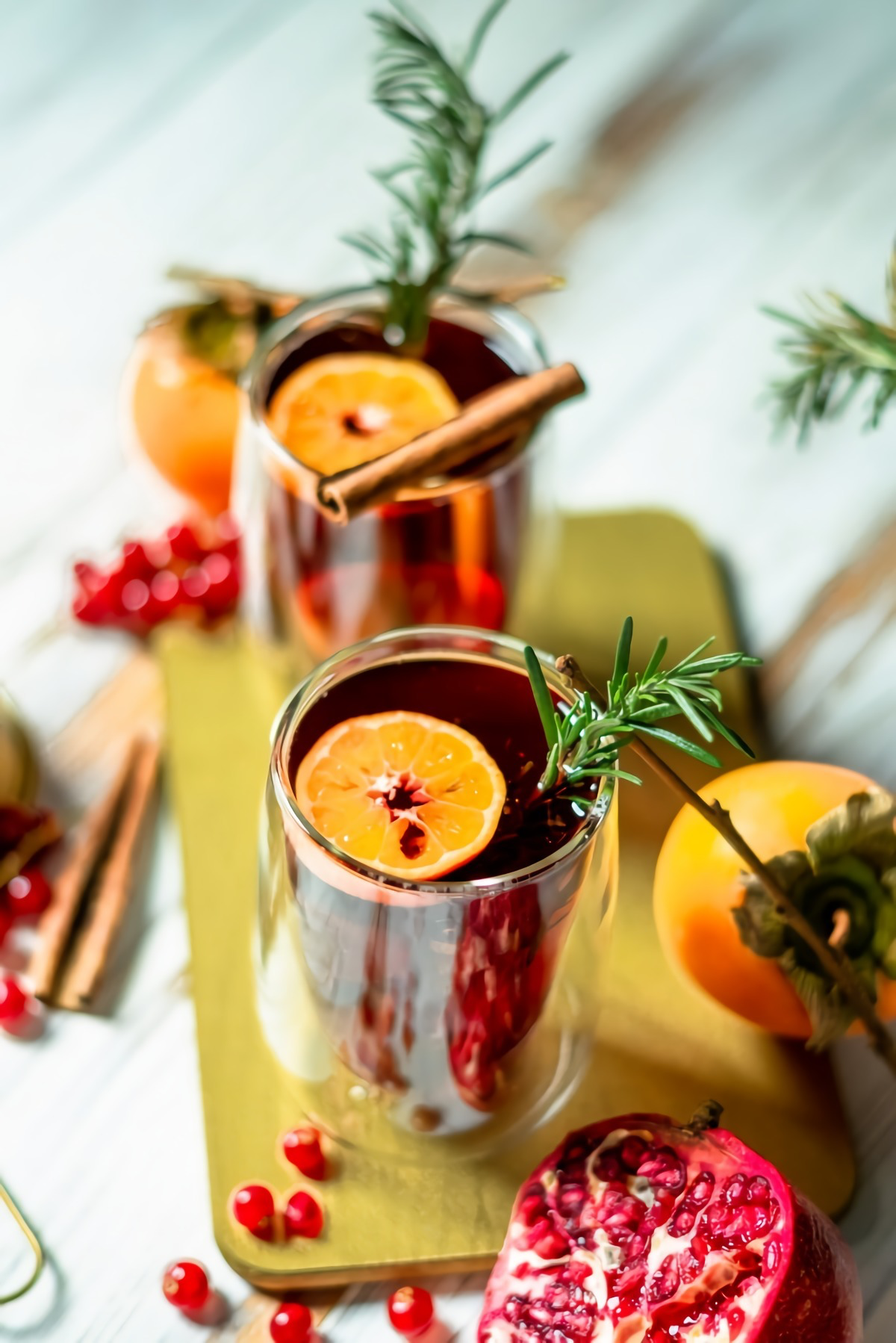
A Quick Note on White Mulled Wine
Oh yeah, you can totally do this with white wine! It’s a fantastic, lighter alternative. For a white version, grab a dry, aromatic wine like a Dry Riesling, a crisp Pinot Grigio, or a Chenin Blanc. For spices, I like to lean into ginger, cardamom pods, and maybe half a vanilla bean, with lemon and pear instead of orange.
The Right Gear (and Why It Matters)
Before we heat things up, let’s talk about your pot. It’s important to use a non-reactive pot, like one made of stainless steel, ceramic, or enameled cast iron (like a Dutch oven). Why? Using a pot made of aluminum or non-enameled cast iron can react with the acid in the wine, giving your final drink a weird, metallic tang. No, thank you.
You’ll also want a simple instant-read kitchen thermometer. It’s not mandatory, but if you’re just starting out, it’s the best way to guarantee you don’t mess up the temperature. You can grab one for under $15 online or at any kitchen supply store.
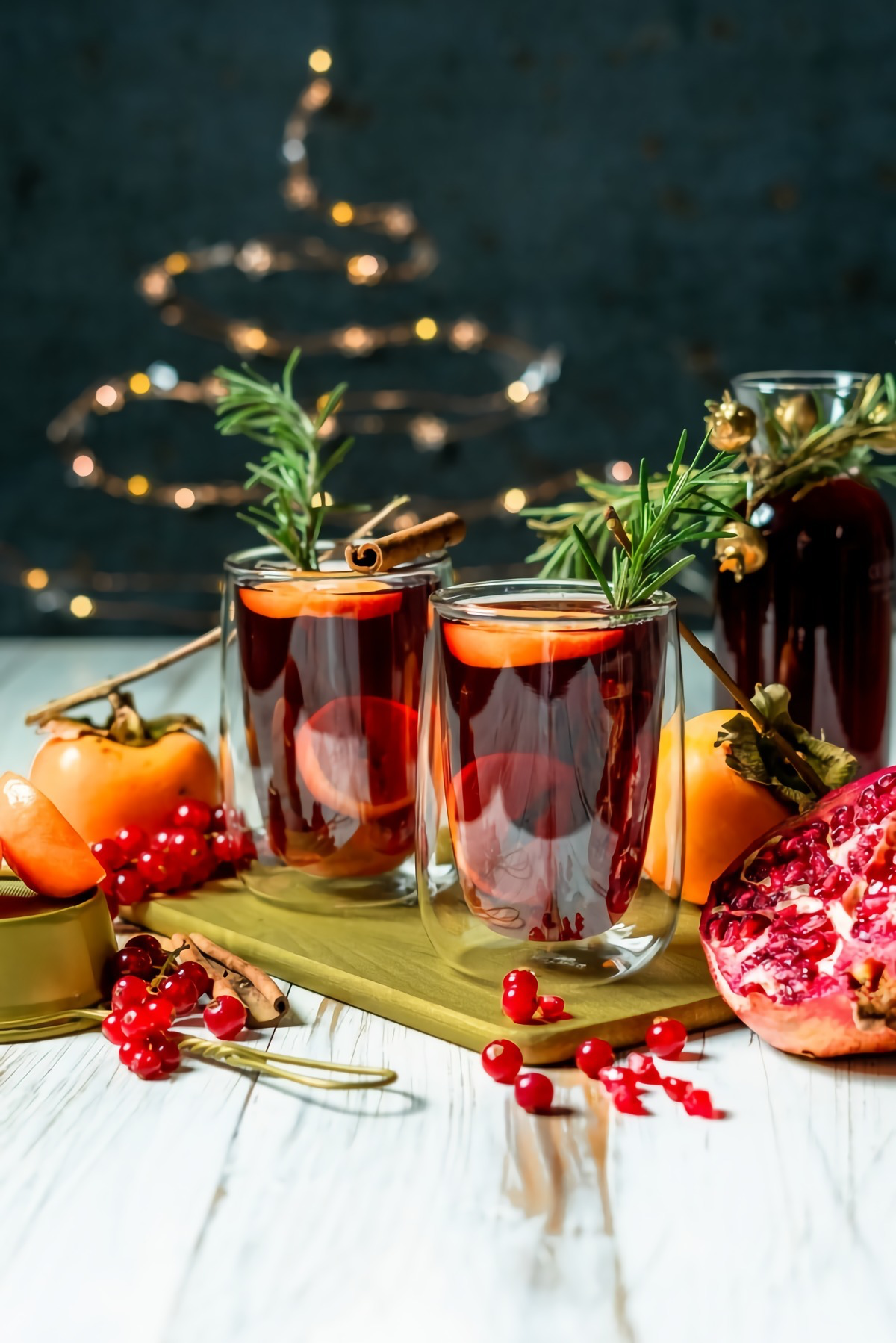
The Art of Not Boiling Your Wine
This is the absolute golden rule. If you walk away with only one piece of advice, let it be this: Do NOT let your mulled wine boil.
Here’s why. Alcohol starts to evaporate around 173°F (78°C). If your pot starts bubbling, you’re literally burning off the booze, leaving you with a sad, non-alcoholic grape juice. Even worse, boiling cooks the spices, especially cloves and cinnamon, forcing them to release harsh, bitter compounds. I once had an assistant ruin a ten-gallon batch for an event because he got distracted and let it boil. The whole thing tasted medicinal, and we had to dump it. It was a costly lesson in paying attention.
The sweet spot for mulling is between 160°F and 180°F. The wine should be gently steaming, but you should see zero bubbles breaking the surface.
Two Ways to Mull: Stovetop vs. Slow Cooker
How you heat your wine is up to you. Both methods work great, but they offer different advantages.
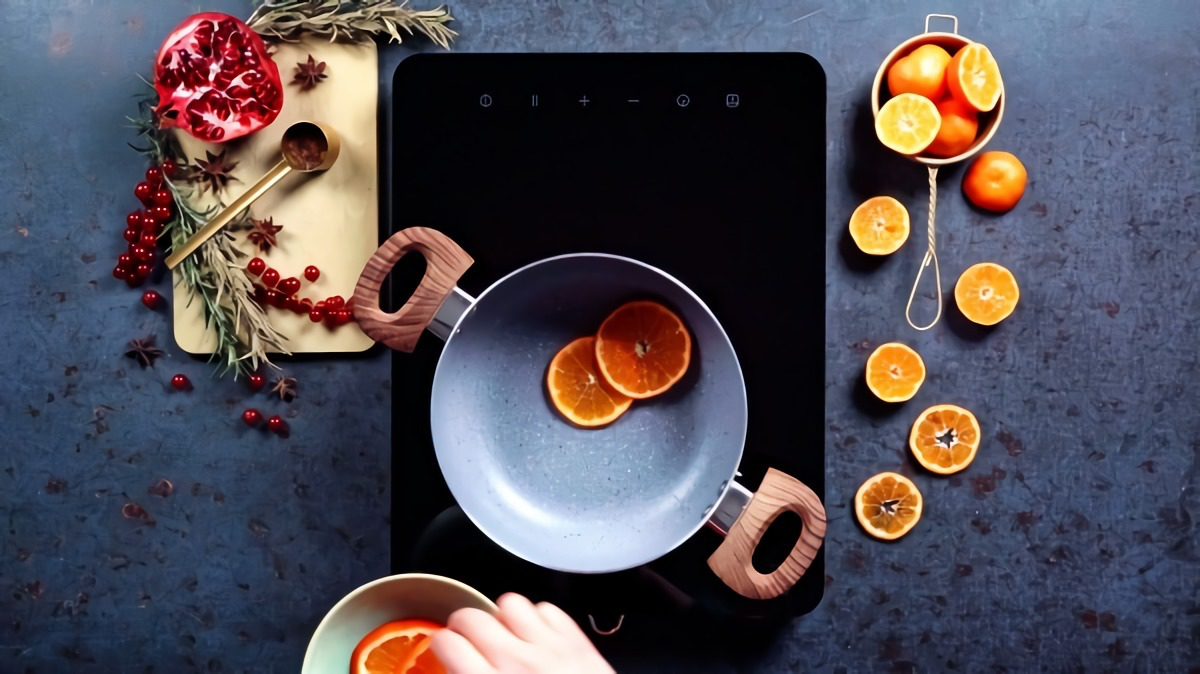
The Stovetop Method is your quick and easy option. It’s perfect if you’re just making one batch to drink right away. You have a lot of control over the heat, and you can have a delicious mug in your hand in about 20-30 minutes. The downside? You have to keep an eye on it to prevent that dreaded boil.
The Slow Cooker Method is my secret weapon for parties. It’s the definition of “set it and forget it.” Just toss everything in, set it to LOW, and let it hang out for 1-3 hours. The slow cooker holds the temperature perfectly in that gentle warming zone, and the flavors get incredibly deep and well-blended over time. Plus, it doubles as a serving vessel, keeping the wine perfectly warm all evening.
Building Your Flavor Profile
Always, always, ALWAYS use whole spices. Ground spices will turn your wine into a gritty, cloudy mess and release their flavor way too fast, creating a dusty, muddled taste. You can find whole spices in the baking aisle of any grocery store, and often for cheaper in the bulk bins at places like Whole Foods or in ethnic markets.
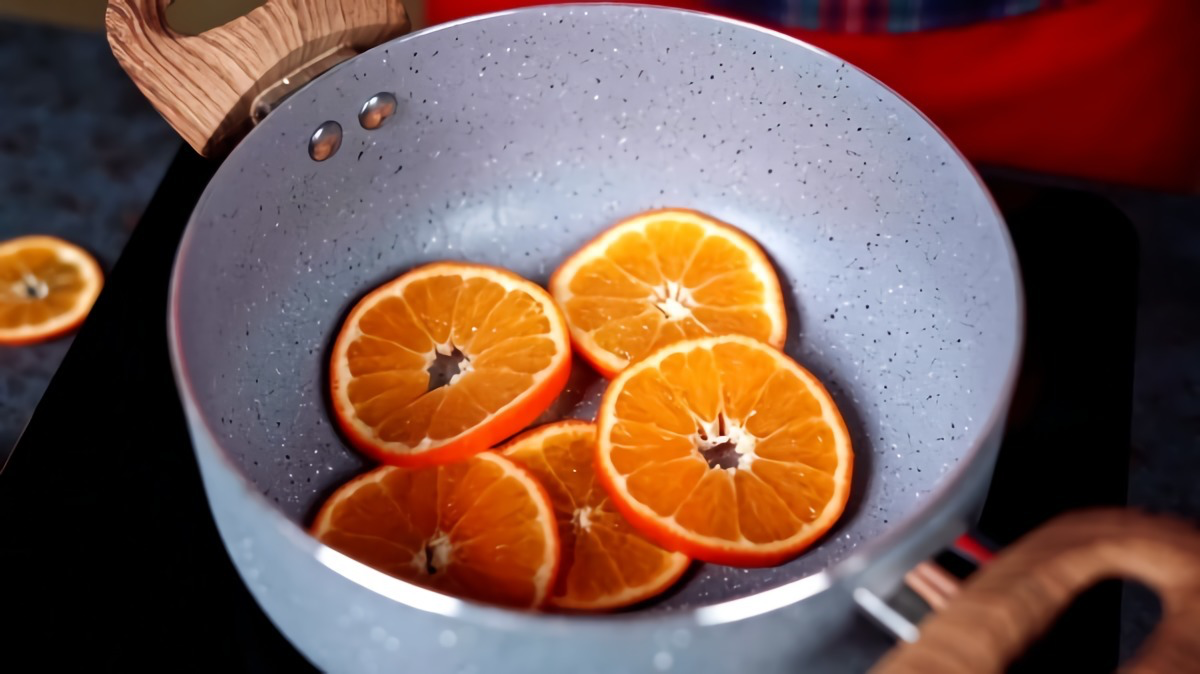
- The Must-Haves: Cinnamon sticks, whole cloves, and star anise are the holy trinity. Use 2-3 cinnamon sticks, 4-6 cloves (they’re potent!), and 1-2 star anise pods per bottle.
- Fun Add-ins: Want to get creative? Toss in a few lightly crushed green cardamom pods for a floral, citrusy note. A few slices of fresh ginger add a zesty kick. Or, for a smoother, richer profile, add half a vanilla bean, split lengthwise.
A quick tip: For a perfectly clear drink with zero fuss, make a spice bag. Just place your whole spices in a small square of cheesecloth and tie it up with kitchen twine, or use a large metal tea infuser. When the wine is done, you just lift it out. Easy.
My Pro-Level Trick: The Spiced Syrup Method
Want to get really fancy and have total control? Make a concentrated spiced syrup first.
In your pot, combine your sweetener (1/4 cup), your spices, and the zest of an orange (use a vegetable peeler to get wide strips with no bitter white pith). Add just a splash of wine or water—about a half cup—and bring it to a gentle simmer for 5-10 minutes. The sugar will dissolve and the heat will pull all those amazing essential oils out of the spices.
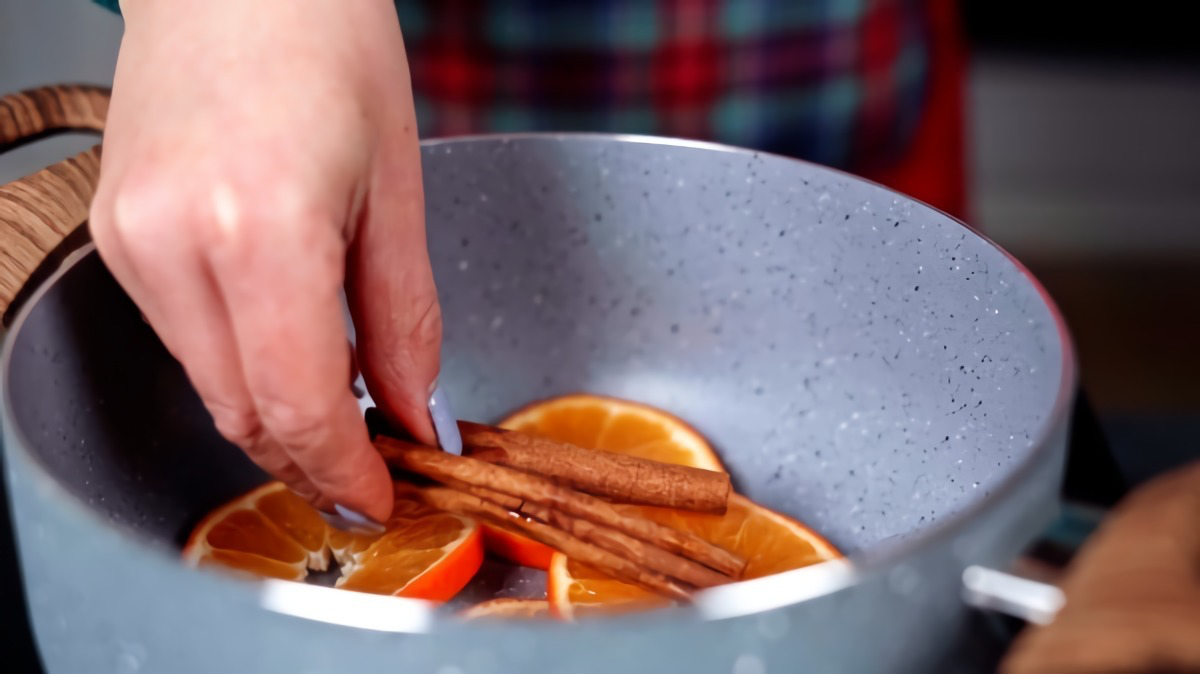
Once you have this incredibly fragrant syrup, turn the heat to low and pour in the rest of your wine. Heat it gently for at least 15 more minutes. This method gives you a richer flavor and lets you taste-test the syrup before you commit the whole bottle.
Even better: Make a big batch of just the syrup and store it in a jar in the fridge for a few weeks. Whenever you want a single serving of mulled wine, just heat up a glass of red wine and stir in a tablespoon or two of your pre-made syrup. Instant winter coziness.
Don’t Drink? Make a Non-Alcoholic Version!
No one should miss out on this! Making a non-alcoholic version is super easy. Just swap the wine for a good-quality base juice. My favorites are:
- Spiced Apple Cider: The classic choice. Use unfiltered apple cider (not juice) for the best flavor.
- Cranberry & Orange Juice: A 50/50 mix of pure cranberry juice (the unsweetened kind) and orange juice is tart, festive, and delicious.
Use the same mulling process—gentle heat, whole spices, and a bit of time. Since you don’t have to worry about burning off alcohol, you can be a little less strict with the temperature, but still avoid a hard boil to keep the flavors clean.
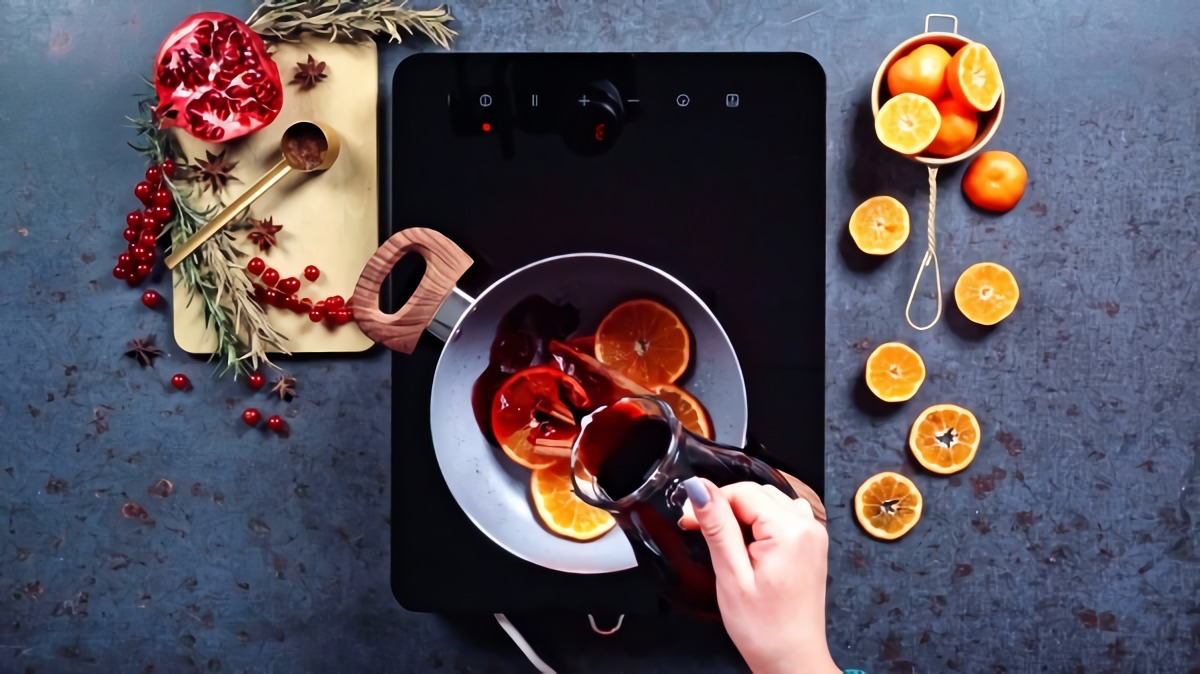
Common Problems & Quick Fixes
- Problem: It tastes bitter!
Solution: You most likely let it get too hot or you left orange slices (with the pith) in for too long. Next time, watch the temperature closely and only use orange zest during the infusion process. - Problem: It’s cloudy or gritty.
Solution: You used ground spices instead of whole ones. Always use whole spices, and for a crystal-clear result, use that cheesecloth spice bag trick.
Serving, Storing, and Scaling for a Party
When you’re ready to serve, use heat-proof mugs. A simple garnish of a fresh orange slice or a cinnamon stick in each mug makes it feel extra special.
Quick Win: No time to mull? In a pinch, you can warm a glass of red wine in the microwave for 60 seconds and drop in a cinnamon stick and an orange peel. It’s not the real deal, but it’s a decent fix!
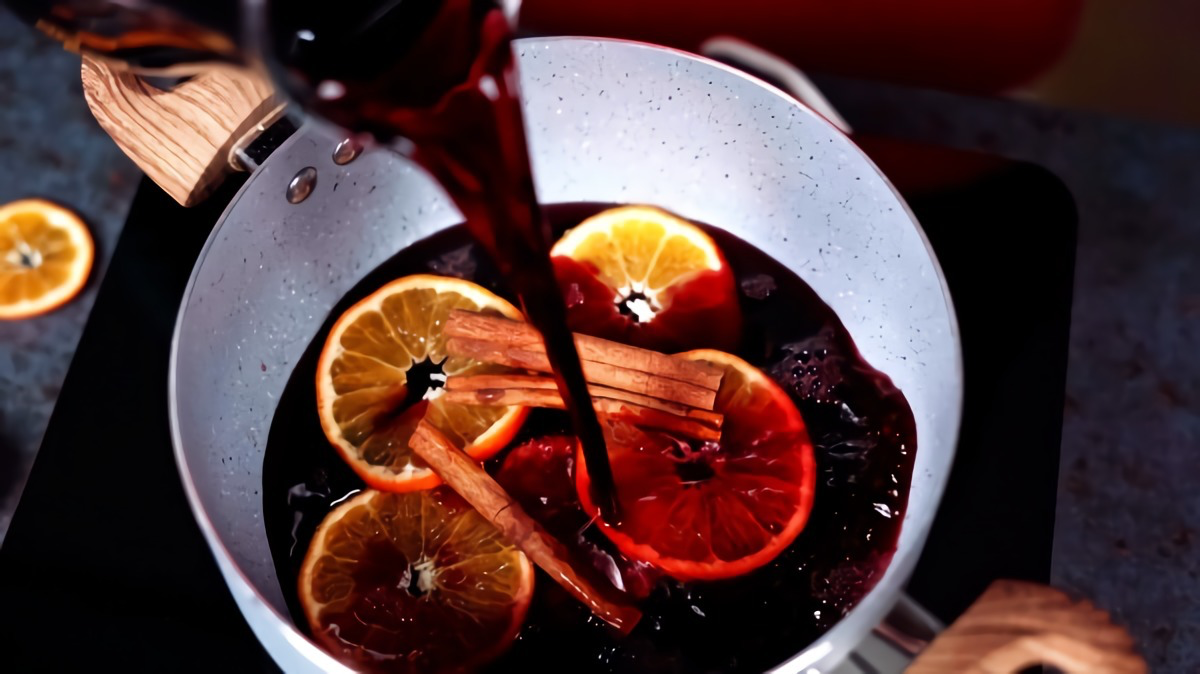
If you have leftovers, strain out ALL the spices and citrus before storing it in the fridge (for up to 3 days). If you leave them in, it will get bitter. Reheat gently on the stove or in the microwave.
Planning for a party? It’s easy to scale. Just multiply the ingredients by the number of bottles you’re using. Four bottles of wine will serve 16-20 people. A slow cooker is definitely your best friend for a crowd.
And that’s it! By using good ingredients and controlling your temperature, you can master the art of this winter classic. Enjoy the process!
Inspiration:
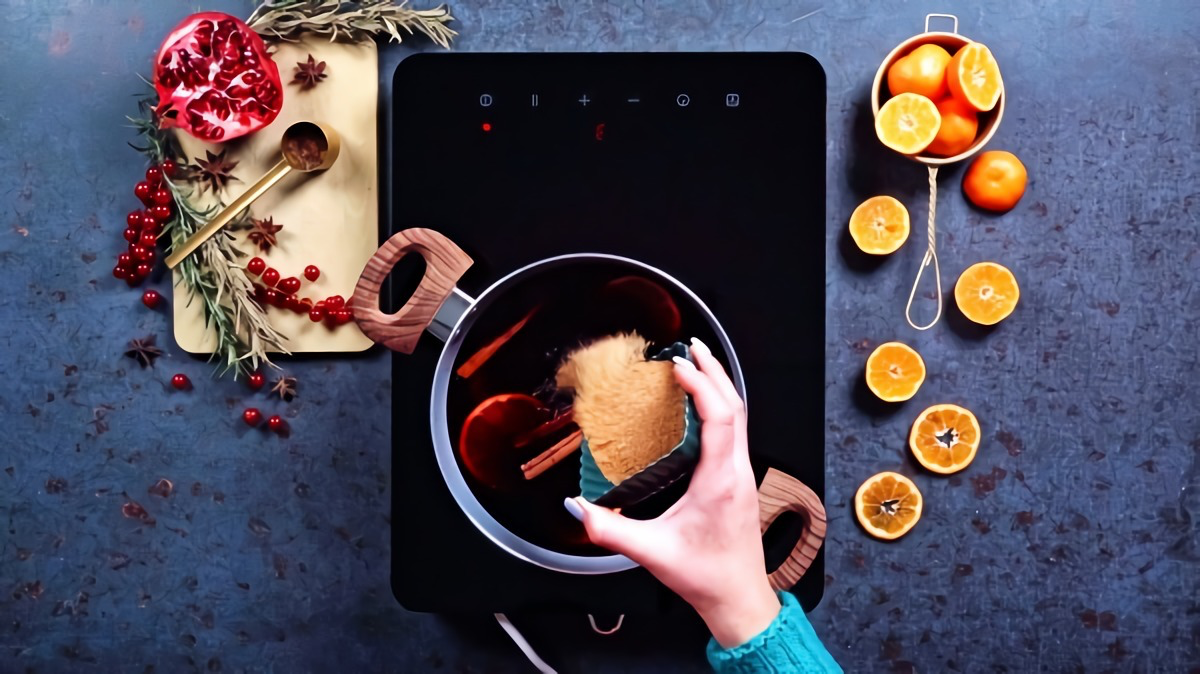
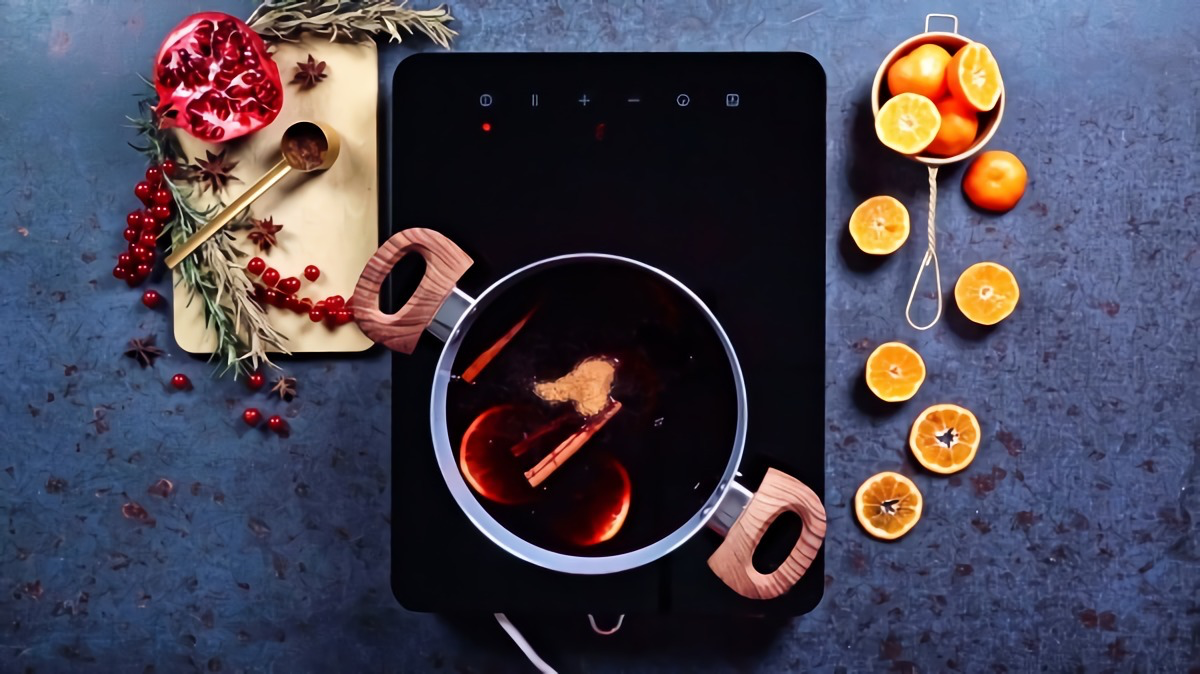
The Romans were the first to heat and spice wine during the 2nd century. They did it to fortify their bodies against the cold winter as they conquered Europe.
As the Roman legions traveled, they brought their love for spiced wine with them, sharing the recipe across their empire. This is the origin of nearly every European version we enjoy today, from German Glühwein to Nordic Glögg. Your cozy mug holds over 2,000 years of history!
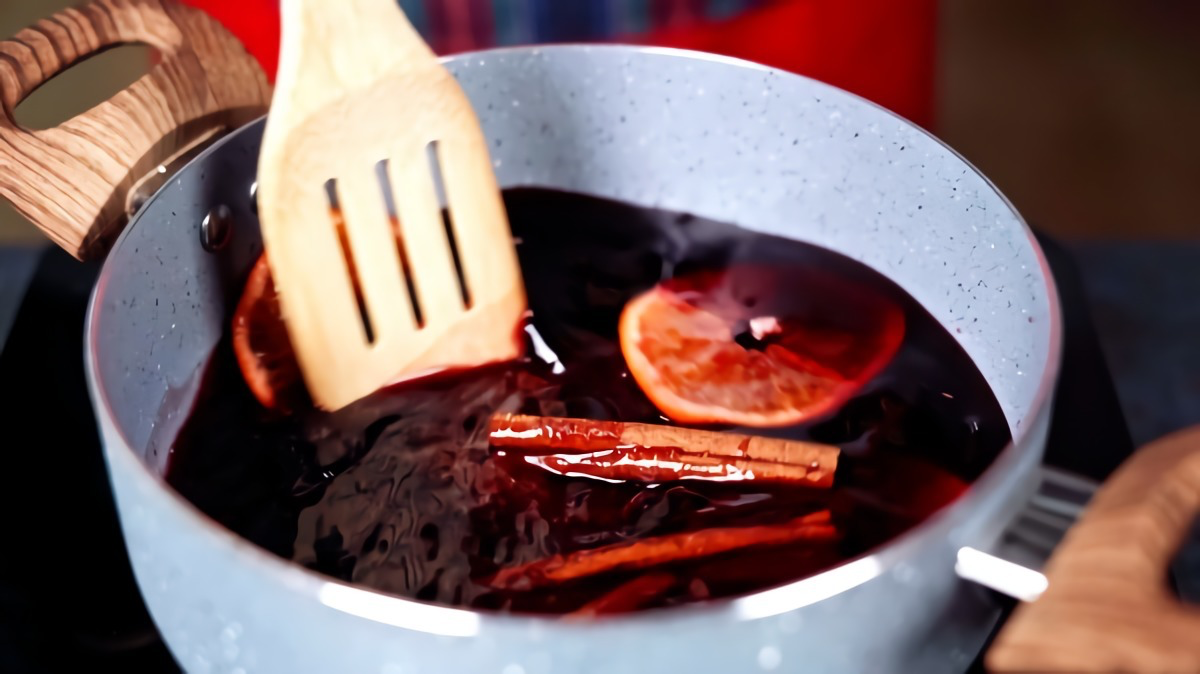
The Slow Cooker Method: Perfect for parties. A Crock-Pot or similar slow cooker keeps the wine at a gentle, consistent temperature for hours without any risk of boiling. Just set it to low and let guests serve themselves.
The Stovetop Method: Ideal for faster results and smaller batches. Using a heavy-bottomed Dutch oven, like one from Le Creuset or Staub, provides excellent heat distribution, preventing scorching. You just need to monitor it more closely.
For entertaining, the slow cooker is foolproof. For a quick, cozy batch, the stovetop wins.
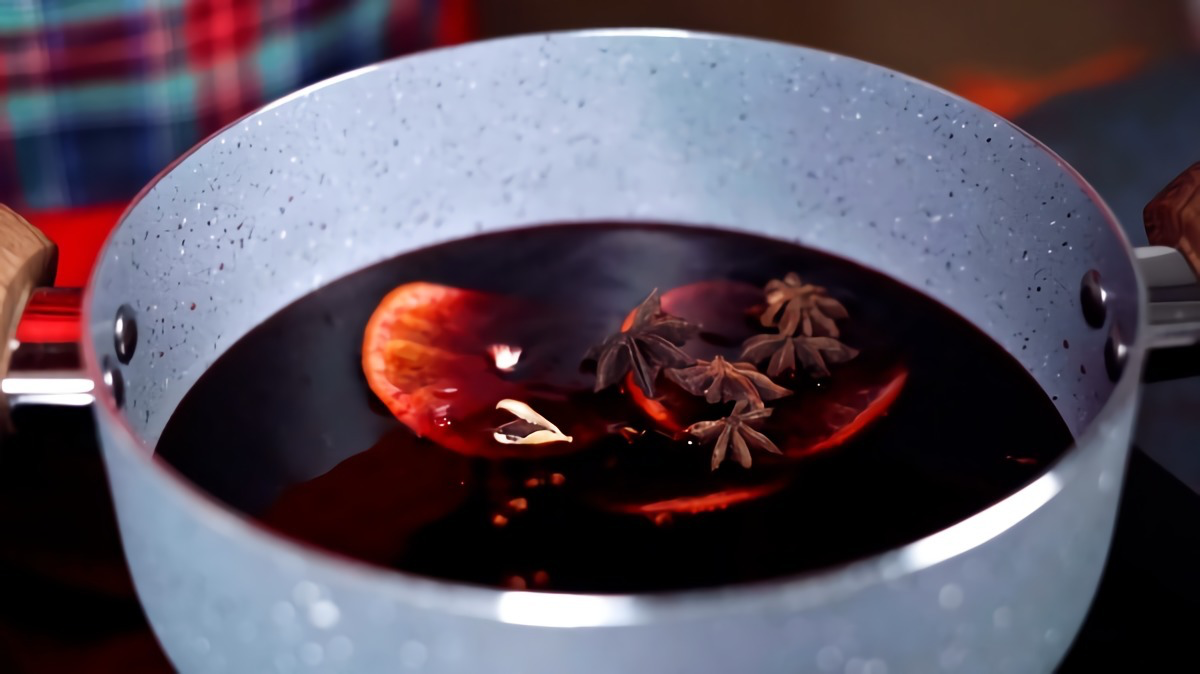
- Adds a sophisticated, nutty crunch.
- Infuses the wine with a subtle sweetness.
The secret? Take inspiration from Nordic Glögg. Simply add a handful of slivered almonds and dark raisins to each mug just before serving. It transforms the drink into a multi-sensory experience.
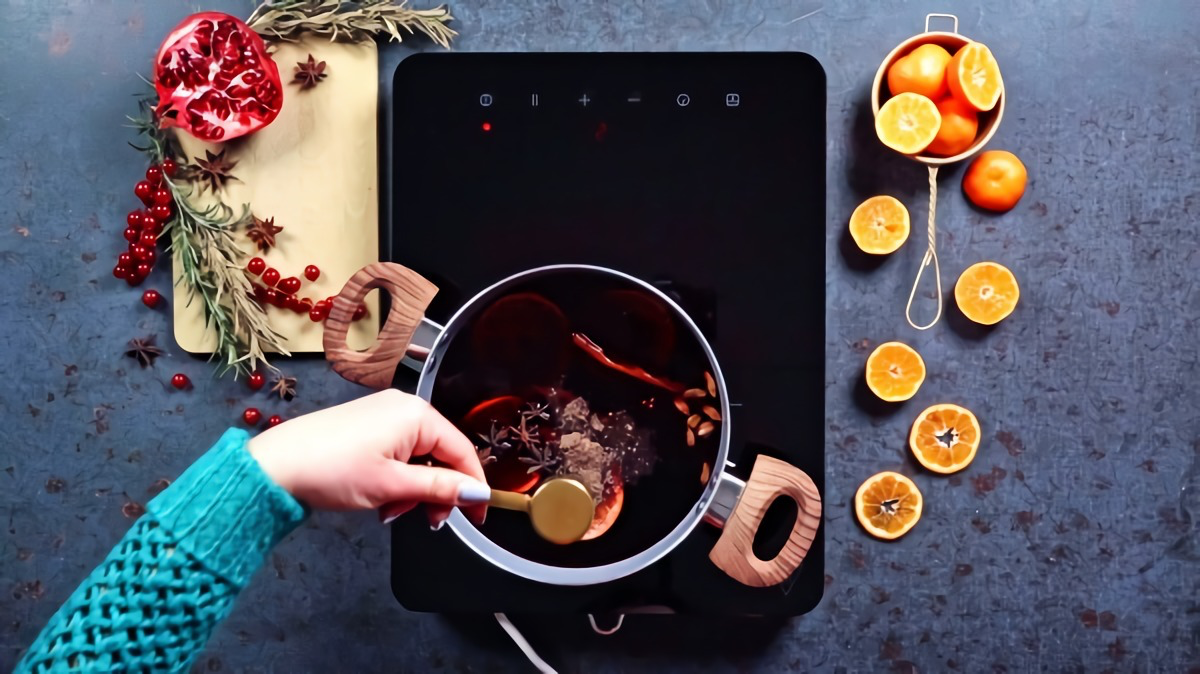
What about a non-alcoholic version for all to enjoy?
Absolutely! The principle is the same: gentle heat and whole spices. Swap the red wine for a high-quality, unsweetened cranberry or dark grape juice. A splash of black tea can add some of the tannins you’d miss from the wine, creating a more complex flavor. Use the same spices and simmer gently—never boil—for about 20 minutes.
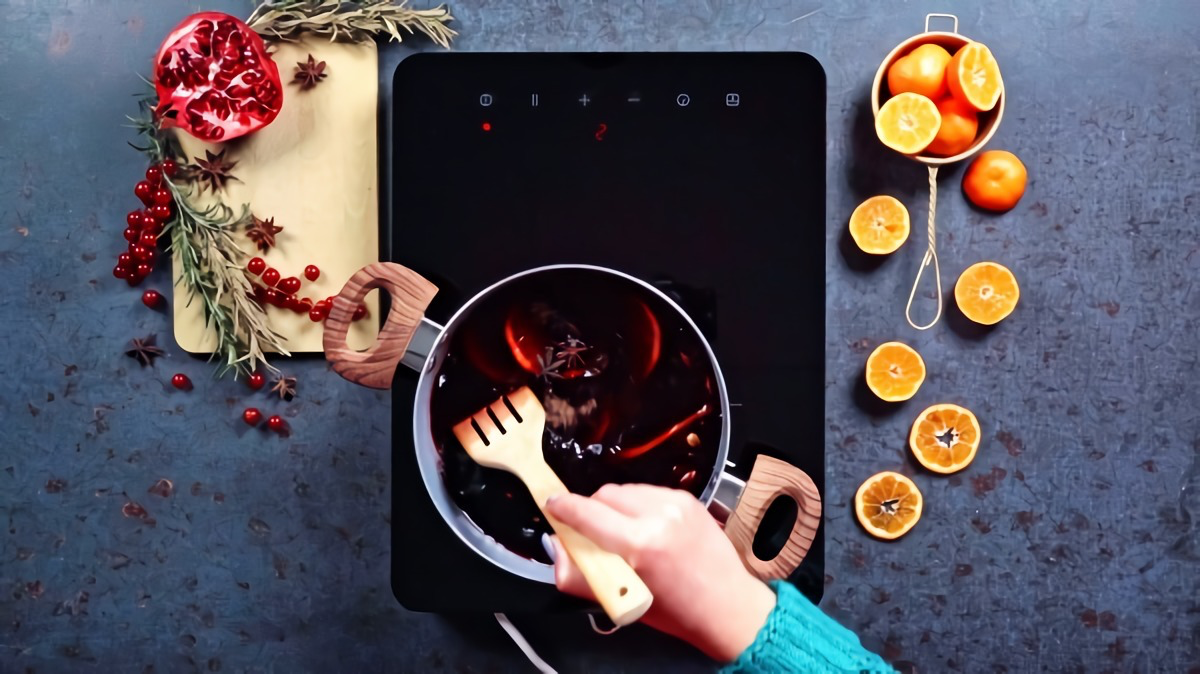
Once you’ve mastered the classic cinnamon-clove-anise combination, why not play with the spice profile? A few additions can completely change the character of your mulled wine.
- Cardamom Pods: Lightly crush 2-3 green cardamom pods to release their floral, slightly mentholated aroma.
- Fresh Ginger: A few thin slices add a zesty, warming heat that cuts through the sweetness.
- Black Peppercorns: Just 4-5 whole peppercorns introduce a subtle, piquant bite that’s surprisingly delicious.
- Juniper Berries: For a gin-like, piney note that feels distinctly wintry.
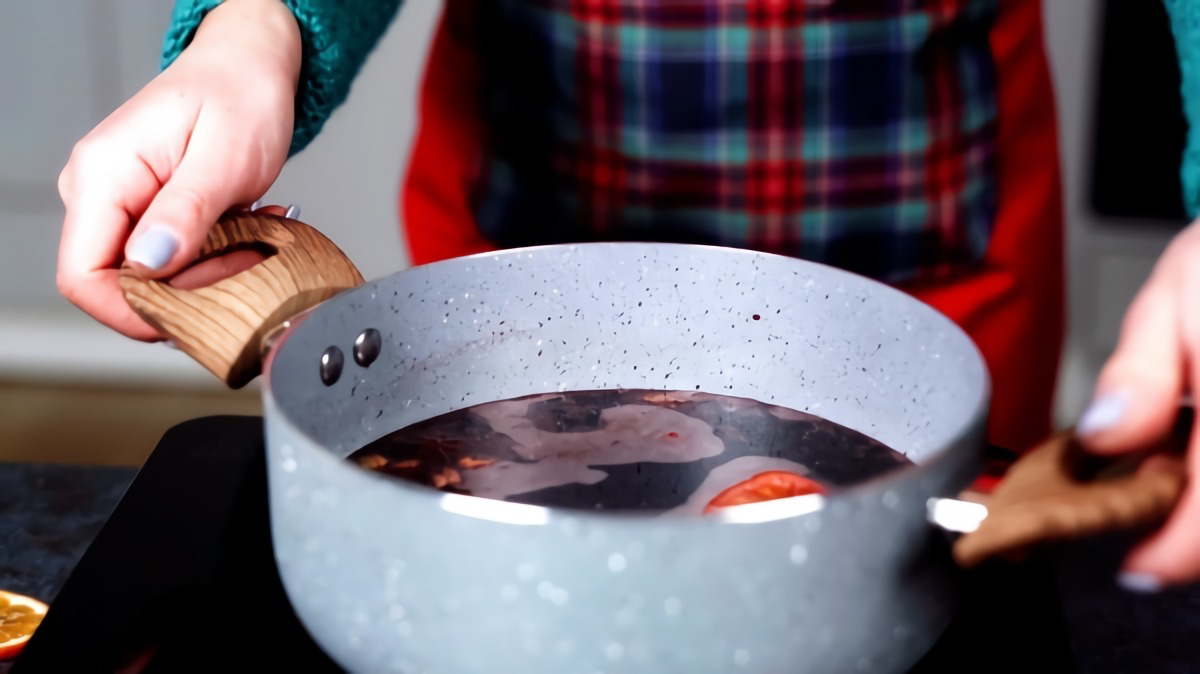
Don’t over-steep your spices: While it’s tempting to leave the spices in the pot for hours, they can turn bitter after a while, especially the cloves and star anise. For the best flavor, infuse for 20-30 minutes on low heat, then strain the spices out before keeping the wine warm for serving.
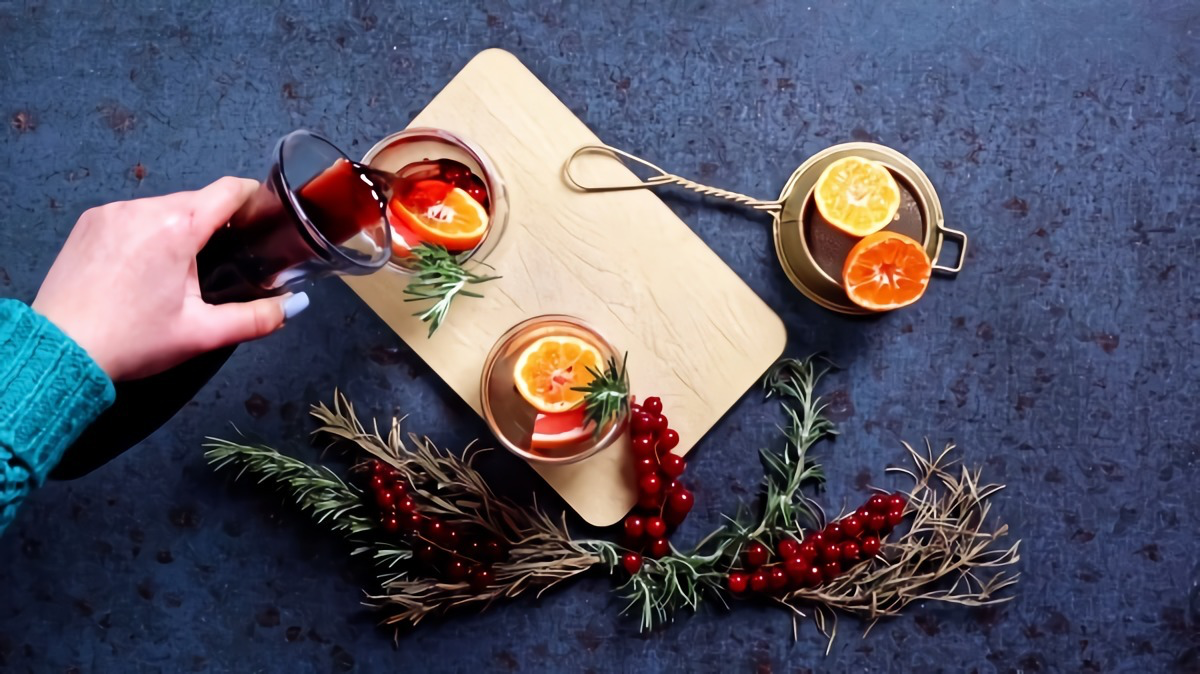
Think beyond the orange slice. Elevate your presentation with garnishes that add aroma and visual flair. A long, elegant peel of orange zest, made with a channel knife, looks stunning. For extra fragrance, try studding a fresh orange slice with a few whole cloves. A single star anise pod floating on top of each glass is a simple but beautiful touch.
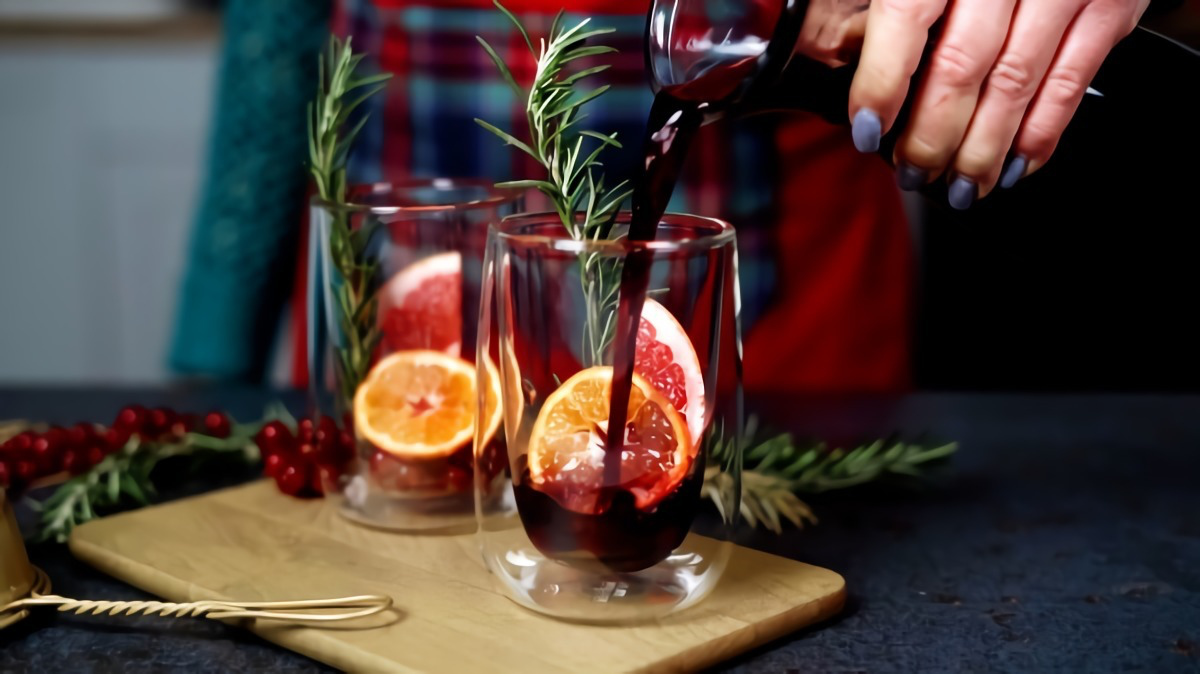
Using ground spices is the fastest way to get a cloudy, gritty mulled wine.
The fine particles never fully dissolve, creating an unpleasant texture. Whole spices, sourced from a quality purveyor like Burlap & Barrel or a local spice shop, infuse their essential oils slowly and clearly. For easy removal, bundle them in a small cheesecloth bag to create a ‘mulling sachet’.
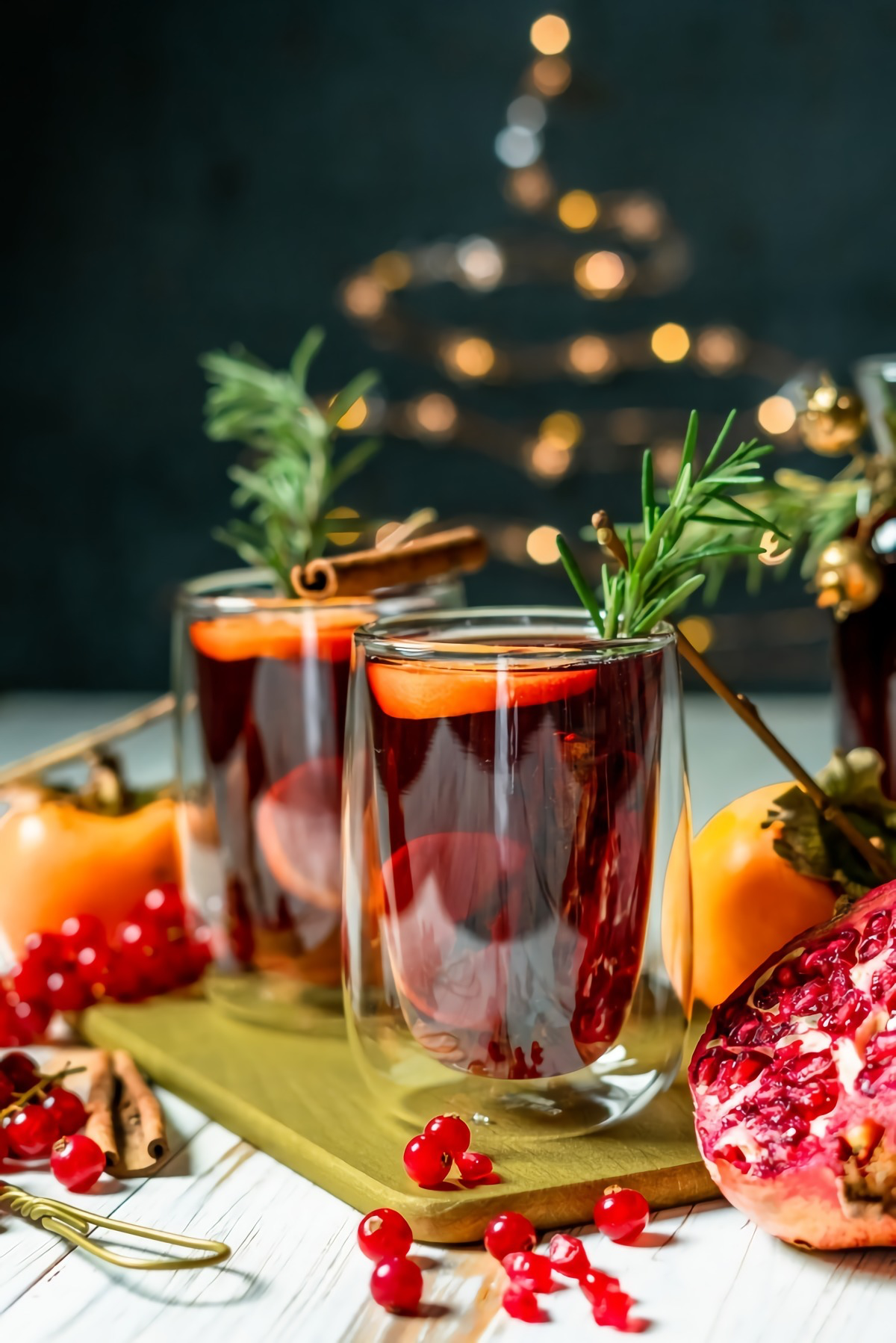
For a lighter, crisper alternative, try making a white mulled wine. It’s less traditional but wonderfully aromatic. Start with a dry, unoaked white wine like a Sauvignon Blanc or Pinot Grigio. Pair it with gentler flavors like vanilla bean, chamomile, thin slices of apple, and a touch of elderflower liqueur for a floral note.
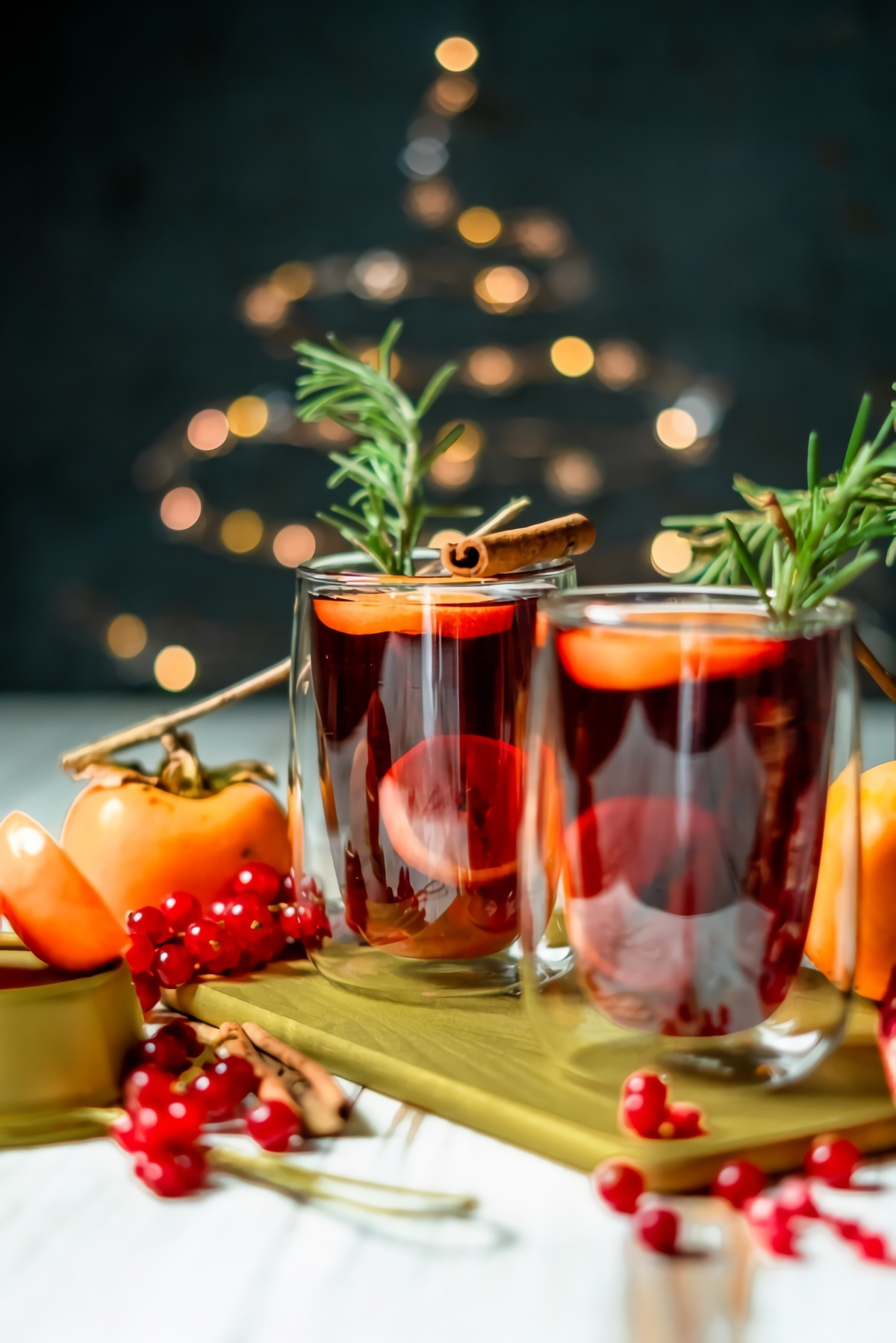
Can you recommend specific wines that work well?
Of course. The goal is fruity and low-tannin. Look for a Spanish Garnacha (also called Grenache), which is bursting with red fruit flavors. A Californian Zinfandel is another excellent choice, prized for its jammy character. A simple French Merlot from the Languedoc region often provides great value and the soft, plummy profile you want. Avoid tannic varieties like Cabernet Sauvignon or Nebbiolo.
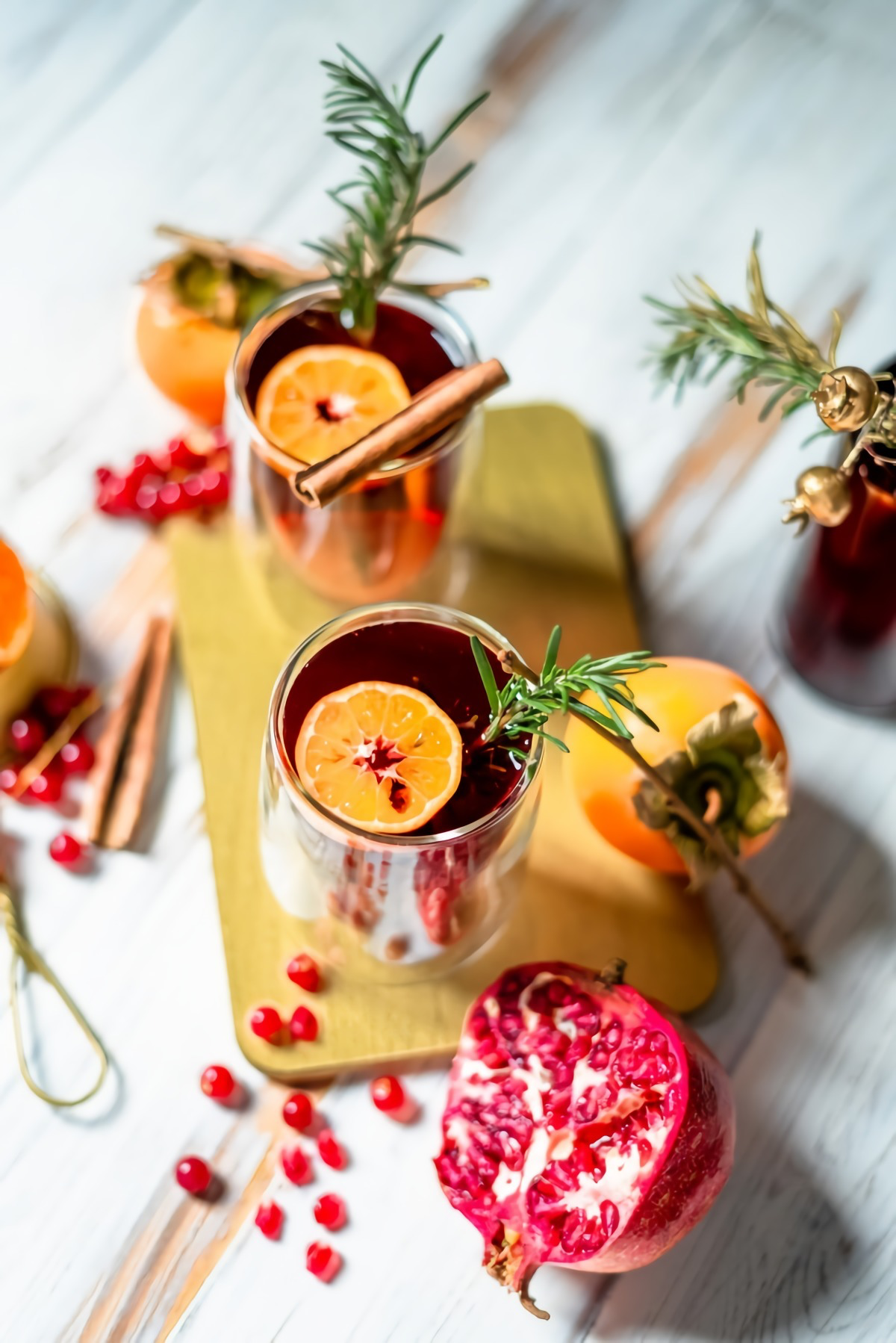
Aromatic alchemy begins before the first sip. As the wine gently warms, it releases a complex bouquet that becomes the soul of the experience. The sweet spice of cinnamon, the licorice hint of star anise, and the bright zest of orange create an atmosphere of warmth and welcome. This fragrance is an ingredient in its own right—it’s the essence of winter hospitality.
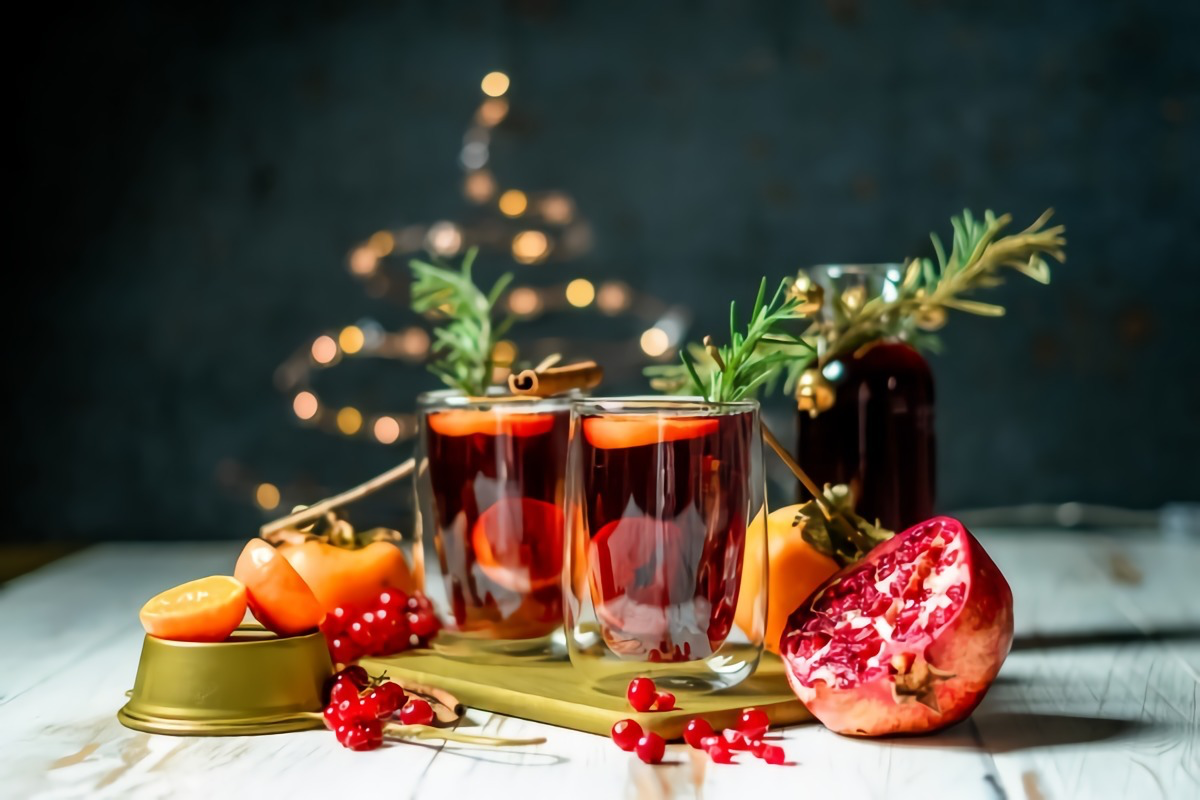
- Create thoughtful, handmade gifts.
- Ensure a perfect spice ratio every time.
The trick is to make your own mulling spice sachets. In a small square of cheesecloth, combine 2 cinnamon sticks, 5 cloves, 1 star anise, and a strip of dried orange peel. Tie it securely with kitchen twine, leaving a long tail. You can make a dozen in minutes, ready to be gifted with a bottle of wine.
For a Boost: Fortify It!
A splash of spirits at the end of the mulling process can add warmth and complexity. Add it off the heat just before serving to preserve its character. A good quality Brandy or Cognac adds notes of dried fruit, while a dark Rum can introduce hints of caramel and molasses. Port is another fantastic choice, enriching the wine’s fruitiness.










